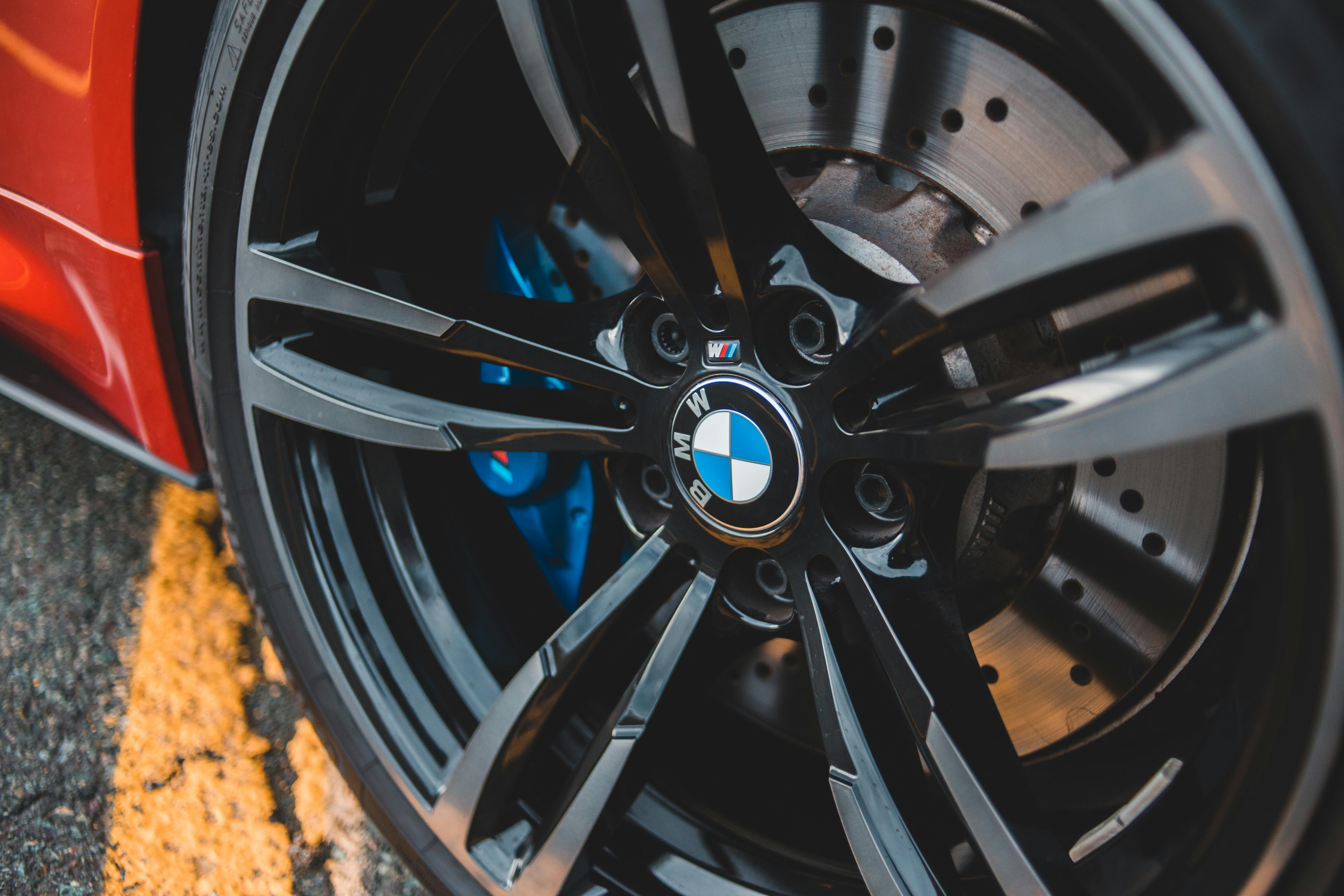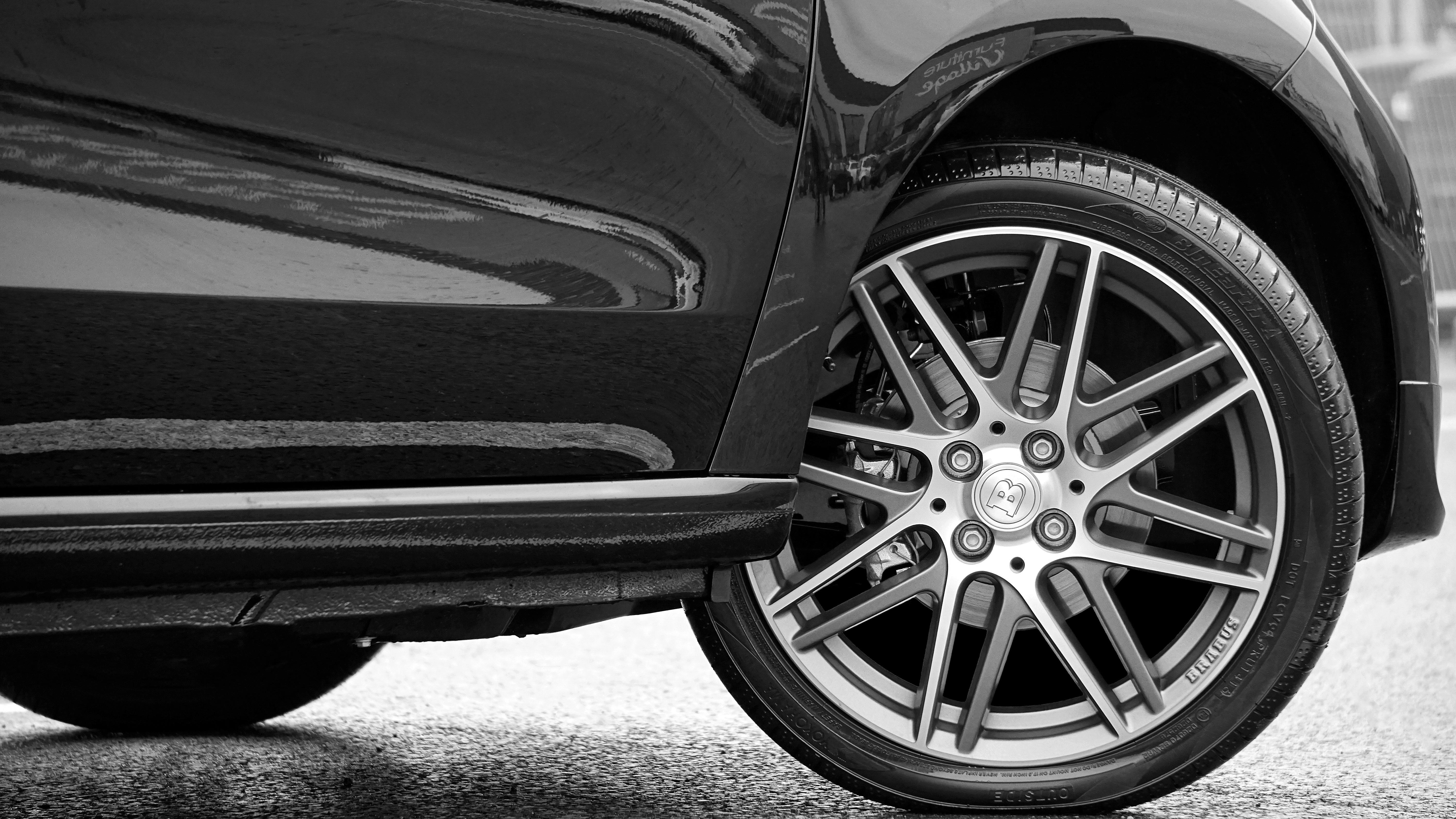DRIVING TO THE NEED OF A HYBRID VEHICLE
For most of the life of automobiles, propulsion has been provided by the internal combustion engine type powered by gasoline or diesel. There have been brief dalliances with steam, electricity, and vehicles that could use a variety of fuels, but most of these have fallen by the wayside as the gasoline engine pushed billions of vehicles down the road.
Yet this resolute reliance on petroleum-derived fuels, and lubricants as well, has placed the planet on the brink of a new future…a future without oil or, at best, with limited oil resources. Government, business, and designers have combined their efforts to find some kind of solution to at least part of the problem of maintaining our current way of life with diminishing oil supplies.
In previous incarnations of the personal vehicle, steam was not adequate for simple, everyday operations, and electricity was limited by the speed with which battery charges were dissipated, the time required to recharge, and the need to redesign and build a battery. infrastructure for electric cars.
The recent solution has been the hybrid vehicle. The hybrid car combines already quite advanced gasoline engine technology with a combination of battery and electric motor, also using well-known technology.
WHAT MAKES A HYBRID VEHICLE
The gasoline engine can provide higher, sustained speeds for long periods of time and recharge the battery as needed by means of a generator (more on that in a bit). The battery/electric motor can provide the power to start the hybrid vehicle moving, continue to move it at lower speeds, and can power systems such as lights, radio, and air conditioning when the vehicle is stopped. This simple step of having the vehicle turn off the engine during idle times, such as at stop signs, stoplights, drive-thrus, and stop-start traffic can result in huge fuel savings in and of itself.
The forward movement of the vehicle itself can help store energy in the battery by starting the electric generator. An interesting aspect of this is that the electric generator that recharges the battery when turning in one direction is also the electric motor that draws power from the battery to move the car at lower speeds. This, in its most basic form, is done by reversing the rotation of the central rotor of the generator/motor. This use of the same device to power the car and recharge the battery also enables a unique feature: regenerative braking.
REGENERATIVE BRAKING IN A HYBRID VEHICLE
Regenerative braking is very simple in concept and turns a frequent and unavoidable expense into an advantage in more ways than one. In an ordinary vehicle, brake pads or shoes press against a rotor or drum to slow down and stop the vehicle. This generates a lot of heat. Brake pads, shoes, rotors and drums wear out due to friction and heat and need to be replaced regularly. This can be expensive.
Stop-start urban driving tends to be where a lot of braking takes place, so this is also where most of the wear on brake parts takes place. With a regenerative braking system, like the one on the Toyota Prius Hybrid, most of the braking will be provided by the electric motor itself at lower speeds. As you apply the brake, the electric motor that was driving the car now reverses and turns into a generator that recharges the battery as you slow down and come to a stop. The inverted motor creates torque that slows the vehicle down and stops it, so normal brake parts wear much less and need to be replaced less often.
FUEL ECONOMY AND “PLAYING THE LIGHTS” WITH A HYBRID VEHICLE
Add to the mix that stop-start urban driving burns a lot of fuel. In a gasoline or diesel car, it takes much larger amounts of fuel to start a vehicle from scratch than it does to keep it moving. It takes less fuel to get back up to speed when you’ve slowed down than it does to come to a complete stop and have to start from there. Some truckers (and trucks burn a lot of fuel) have been taught to see events ahead and take their foot off the gas if they feel they must stop at an “old” red or green light, or if there is congestion ahead. which will slow them down anyway. This is called “hitting the lights” and can result in significant fuel savings in any vehicle. A hybrid vehicle with regenerative braking will save on wear and tear on brake parts, and taking it a little easier with the “go pedal” will help save even more on fuel costs if the driver is “hitting the lights.”
A hybrid vehicle commonly improves fuel economy by using the electric motor to start the vehicle and letting the battery take care of times when the car would normally be idle. A well-designed hybrid car also sometimes allows the electric motor to assist the gasoline engine, increasing the fuel economy of a hybrid vehicle compared to a standard petroleum-fueled car.
NOT ALL HYBRIDS ARE THE SAME
There are hybrid trucks and SUVs, but these won’t get the fuel economy of a smaller, lighter hybrid vehicle like the Toyota Prius. Just to give you an idea of the range, among hybrid cars, according to the federal government’s Fuel Economy website at [http://www.fueleconomy.gov/feg/hybrid_sbs.shtml], the 2006 Honda Accord averaged 28 MPG, while the Honda Insight averaged 56 MPG and the Toyota Prius averaged 55 MPG. To illustrate how the difference in model can make a difference in fuel economy, even among hybrid vehicles, hardly any SUVs listed on the government website got more than 34 MPG combined, and neither of the two hybrid trucks listed on my website visit averaged over 34 MPG. 20 MPG combined city and highway.
NOTE: I recently purchased a Toyota Prius and have been averaging almost exactly 55 MPG. I did a 2,000+ mile trip and 55 MPG was the fuel average for almost the entire trip. However, to emphasize how driving habits affect fuel economy, for more than 1,700 miles, I typically drove between 60 and 64 miles per hour on the highway, but during the last leg of my trip, I was in a hurry to get there. home and drove 70 miles per hour. Driving at that speed dropped my fuel economy to less than 50 MPG for the last part of my trip.



